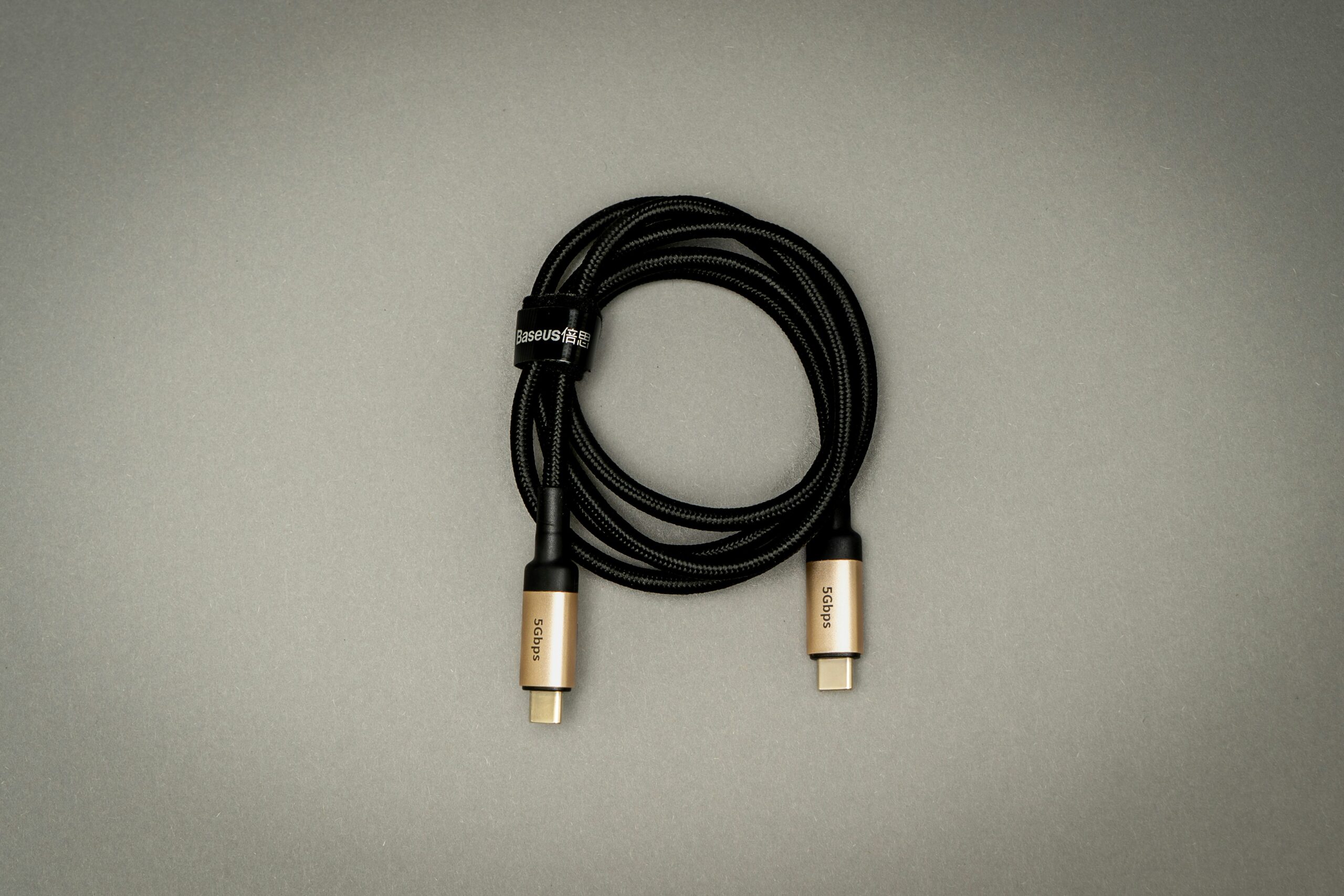In the rapidly evolving world of technology, connectors and ports play a crucial role in how we connect and interact with devices. Among these, USB-C and Thunderbolt 4 have emerged as the frontrunners, redefining what’s possible in terms of speed, data transfer capabilities, and device compatibility. As we delve into the advantages of these modern connectors over traditional ones, we’ll explore how they are shaping the future of connectivity.
Advantages of USB-C and Thunderbolt 4 Over Traditional Connectors
The transition from traditional connectors to USB-C and Thunderbolt 4 represents a significant leap forward in technology. Here are some key advantages:
1. Reversible Design
- USB-C’s Reversibility: Unlike older USB connectors, USB-C is reversible, meaning you can plug it in either way. This seemingly minor feature has solved a common frustration faced by users worldwide, making connections faster and more convenient.
2. Universal Compatibility
- Broad Device Compatibility: USB-C is designed to work with a wide range of devices, from laptops and smartphones to tablets and peripherals. This universality reduces the need for multiple cables, making it a versatile option for tech users.
- Thunderbolt 4’s Versatility: Thunderbolt 4 builds on the USB-C standard, ensuring compatibility with USB4 and earlier Thunderbolt devices. This makes it an ideal choice for users who require high-speed data transfer and connectivity across various devices.
3. Enhanced Power Delivery
- Faster Charging: USB-C supports Power Delivery (PD) protocols, allowing for faster charging times for smartphones, laptops, and other devices. It can deliver up to 100 watts of power, enabling it to charge even power-hungry devices efficiently.
- Thunderbolt 4 Power Capabilities: Similar to USB-C, Thunderbolt 4 supports significant power delivery, making it suitable for powering high-performance devices like laptops and external GPUs.
4. Superior Data Transfer Speeds
- USB-C Speeds: USB-C connectors can support data transfer speeds up to 10 Gbps with USB 3.1, providing a substantial improvement over previous USB standards.
- Thunderbolt 4 Performance: Thunderbolt 4 offers an impressive 40 Gbps transfer rate, allowing users to transfer large files, stream high-resolution videos, and connect multiple 4K displays without compromising performance.
Comparing Speeds and Data Transfer Capabilities
Understanding the differences in speed and data transfer capabilities between USB-C and Thunderbolt 4 can help users make informed choices:
| Connector | Maximum Data Transfer Speed | Compatibility | Power Delivery |
|---|---|---|---|
| USB-C (USB 3.1) | Up to 10 Gbps | Universal for most devices | Up to 100 watts |
| Thunderbolt 4 | Up to 40 Gbps | Backward compatible with USB4 and Thunderbolt 3 | Up to 100 watts |
- USB-C Benefits: While USB-C offers excellent data transfer speeds for everyday use, Thunderbolt 4’s capabilities make it a powerhouse for users requiring ultra-fast data transfer and connectivity.
How USB-C and Thunderbolt 4 Shape Future Tech Designs
The influence of USB-C and Thunderbolt 4 on modern technology extends beyond their technical specifications. Here’s how these technologies are shaping the future:
1. Minimalist Device Design
- Slimmer Devices: USB-C’s compact size allows for slimmer, more streamlined device designs, contributing to the trend of thinner laptops, tablets, and smartphones.
2. Simplified Port Selection
- Fewer Ports Needed: With USB-C and Thunderbolt 4, a single port can handle power, data, and video, reducing the need for multiple ports on devices. This simplifies design and enhances user convenience.
3. Enhanced Connectivity
- Docking Solutions: Thunderbolt 4 enables robust docking solutions, allowing users to connect multiple devices and peripherals through a single cable. This enhances productivity, particularly in professional and creative environments.
4. Future-Proof Technology
- Investment in Longevity: As manufacturers increasingly adopt USB-C and Thunderbolt 4, these connectors are likely to remain relevant for years, offering users a future-proof solution for connectivity needs.
What Users Should Know
For consumers and businesses considering a transition to USB-C and Thunderbolt 4, here are some essential points:
- Assess Device Needs: Determine whether USB-C or Thunderbolt 4 best suits your device requirements, considering factors like speed, power delivery, and compatibility.
- Invest in Quality Accessories: High-quality cables and adapters can significantly impact performance. Invest in certified products to ensure reliability and safety.
- Stay Informed: As technology continues to evolve, staying informed about the latest developments in USB-C and Thunderbolt technology can help users maximize their investments.
Conclusion
USB-C and Thunderbolt 4 are not just incremental upgrades to existing technologies; they represent a paradigm shift in connectivity. With their superior speed, versatility, and power delivery, these connectors are paving the way for more efficient, streamlined, and future-proof tech designs. As more devices adopt these standards, understanding their benefits and capabilities will become increasingly important for users seeking the best in modern technology.


